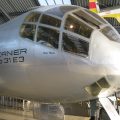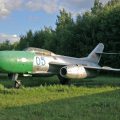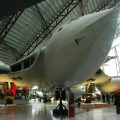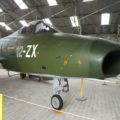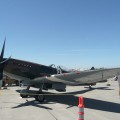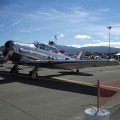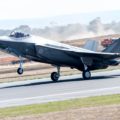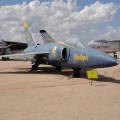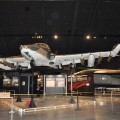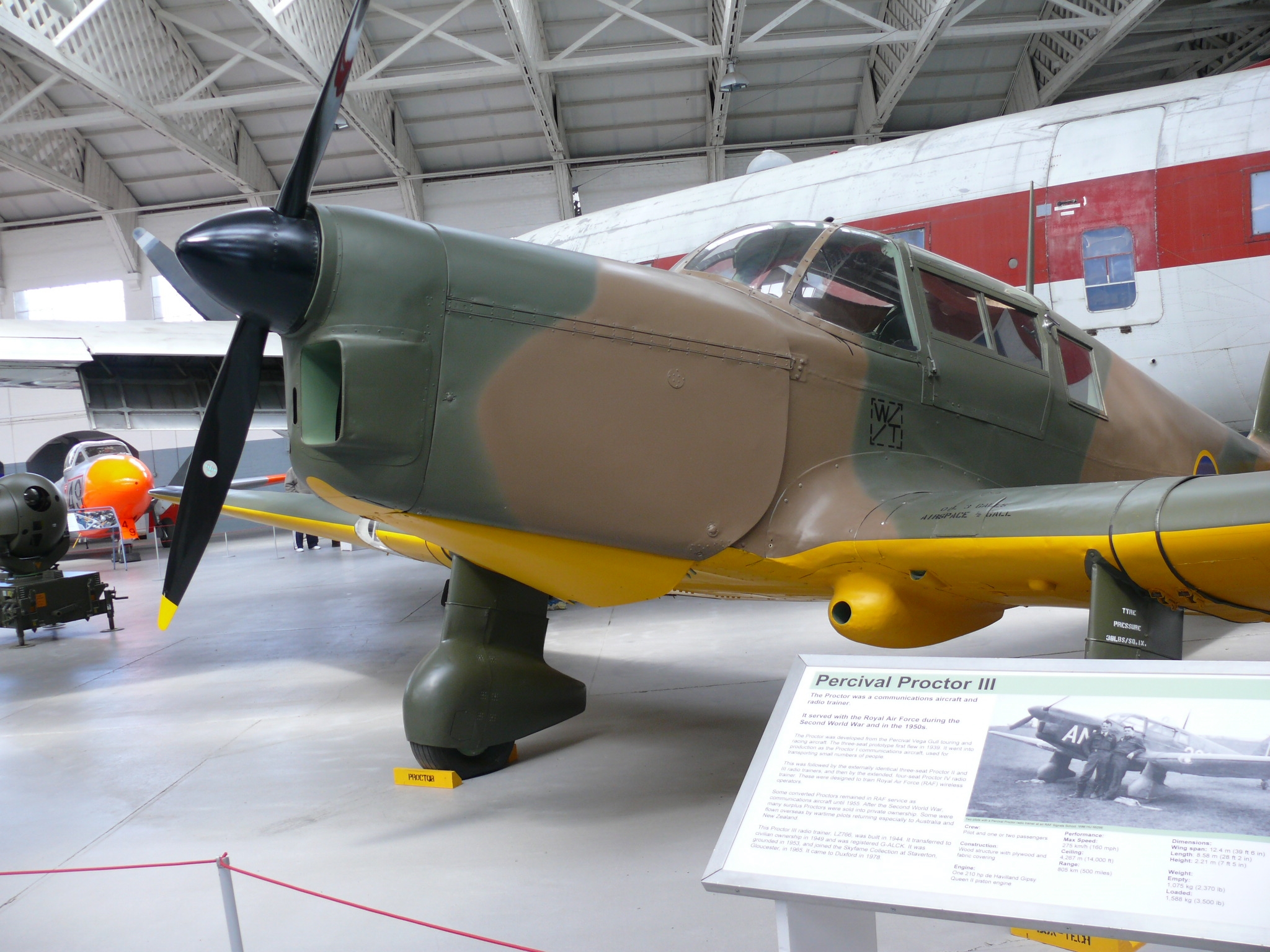
Percival Proctor | |
|---|---|
| Land | Storbritannien |
| Roll | Radio utbildare/kommunikationsflygplan |
| Första flygningen | 8 October 1939 |
| Byggd | 1143 |
Den Percival Proctor was a British radio trainer and communications aircraft of the Second World War. The Proctor was a single-engined, low-wing monoplane with seating for three or four, depending on the model.
Källkod: Percival Proctor på Wikipedia
| Percival Proctor III gå runt | |
|---|---|
| Fotograf | Cees Hendriks |
| Lokalisering | Unknow |
| Bilder | 23 |
Relaterade satser:

| Proctor IV Vega Gull Gå runt | |
|---|---|
| Fotograf | Unknow |
| Lokalisering | Unknow |
| Bilder | 16 |
Hitta kit på eBay:
| Percival Proctor III gå runt | |
|---|---|
| Fotograf | Unknow |
| Lokalisering | Unknow |
| Bilder | 13 |
The Percival Proctor was a British single-engine, low-wing monoplane aircraft designed for radio and navigation training. It was developed from the Percival Vega Gull in the late 1930s and was used by the Royal Air Force and the Fleet Air Arm during the Second World War. The Proctor had a wooden structure covered with fabric and plywood, and was powered by a de Havilland Gipsy Queen inline engine. It had a fixed tailwheel undercarriage and a glazed cabin that accommodated three or four occupants. The Proctor was produced in five variants, each with different modifications to the cabin layout, equipment and performance. The Proctor Mk I was the initial production version, with a three-seat cabin and a 130 hp engine.
The Proctor Mk II had a four-seat cabin and a 145 hp engine. The Proctor Mk III was a naval version with folding wings and a 210 hp engine. The Proctor Mk IV was a post-war civil version with a redesigned cabin and a 155 hp engine. The Proctor Mk V was a military version with a longer fuselage and a 250 hp engine. The Proctor was mainly used for training radio operators, navigators and observers, but also served as a communications and liaison aircraft. It was also exported to several countries, including Australia, Canada, Denmark, Egypt, India, Ireland, New Zealand, Norway, Portugal and Sweden. The Proctor was retired from service in the 1950s and some were converted to civil use. A few examples are still preserved in museums and private collections.
Views : 2695

